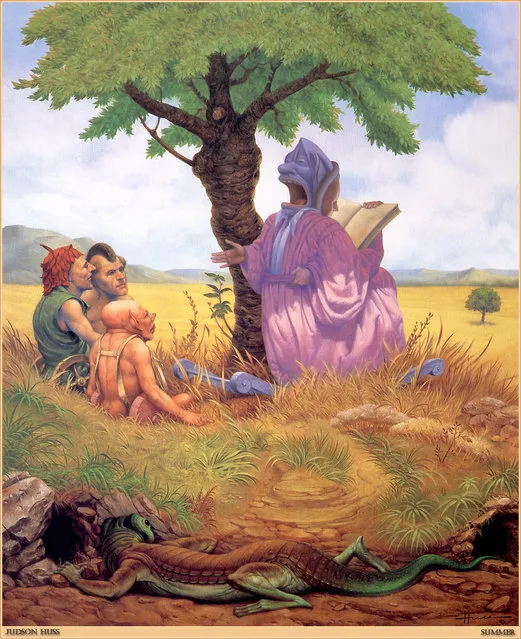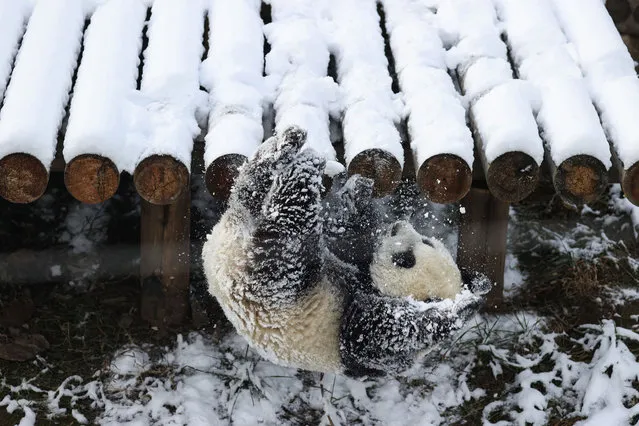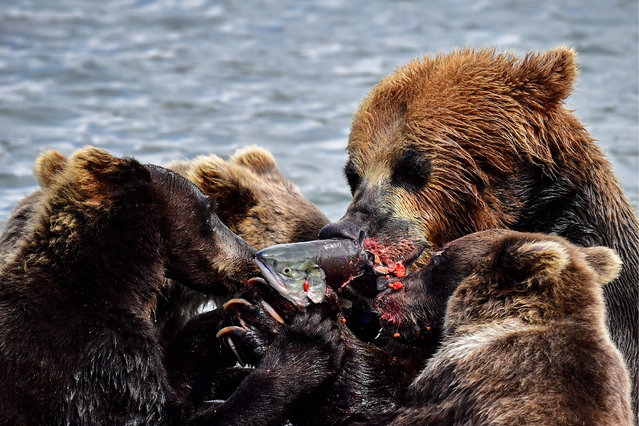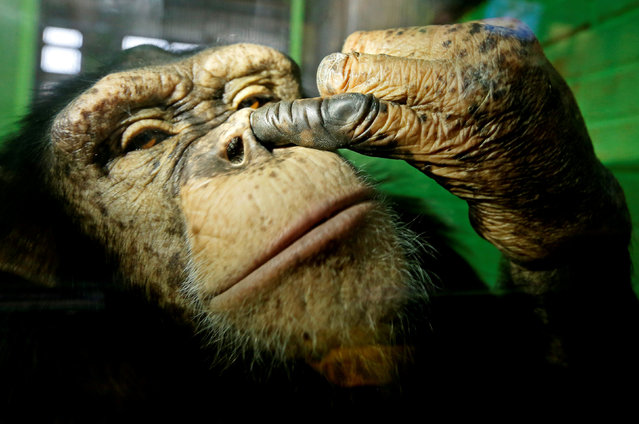
A volunteer poses for a photograph with a snowman depicting the Beijing Winter Olympics mascot Bing Dwen Dwen at National Biathlon Centre in Zhangjiakou, China on February 13, 2022. (Photo by Kim Hong-Ji/Reuters)
21 Feb 2022 22:23:00,post received
0 comments







